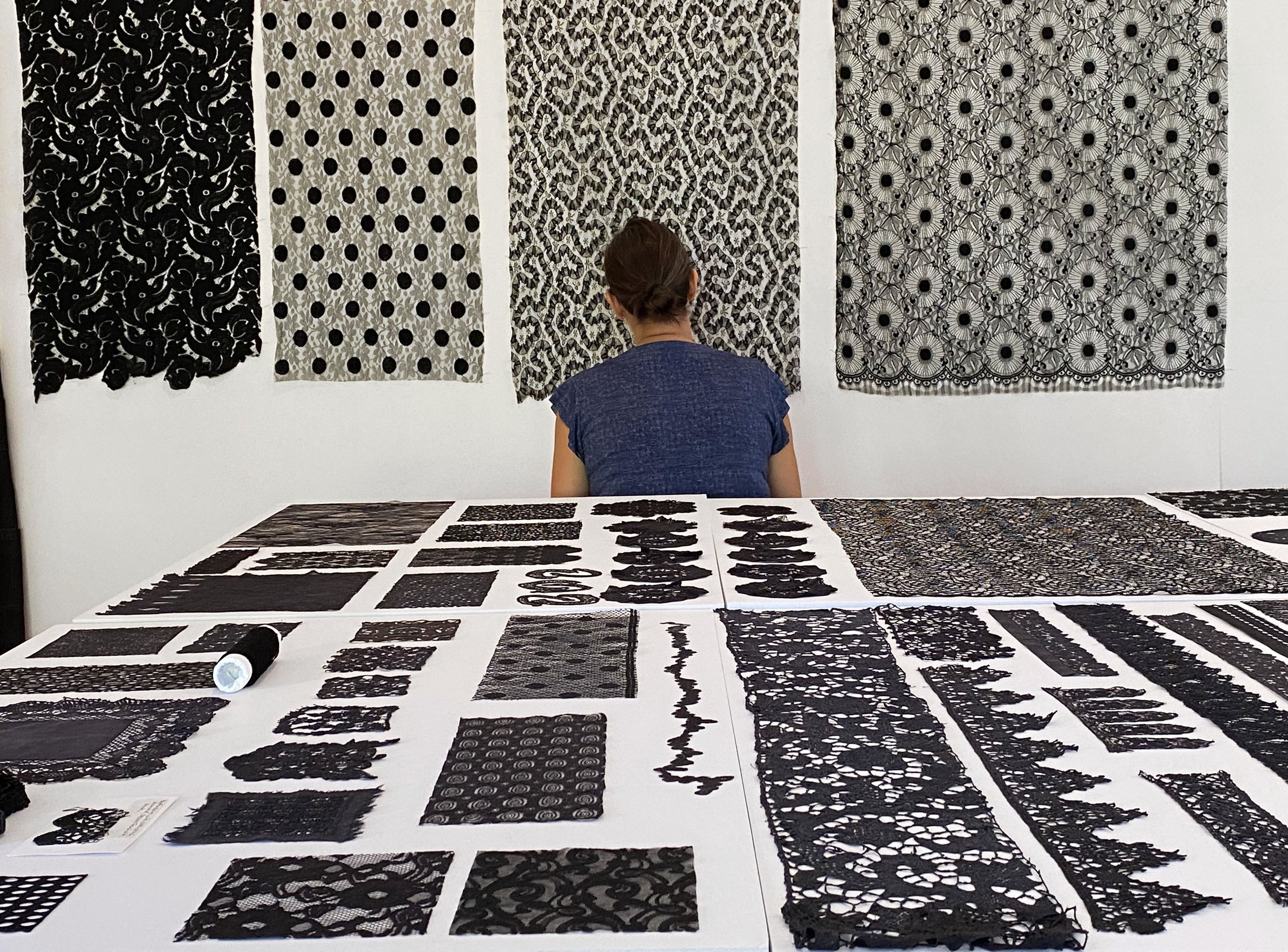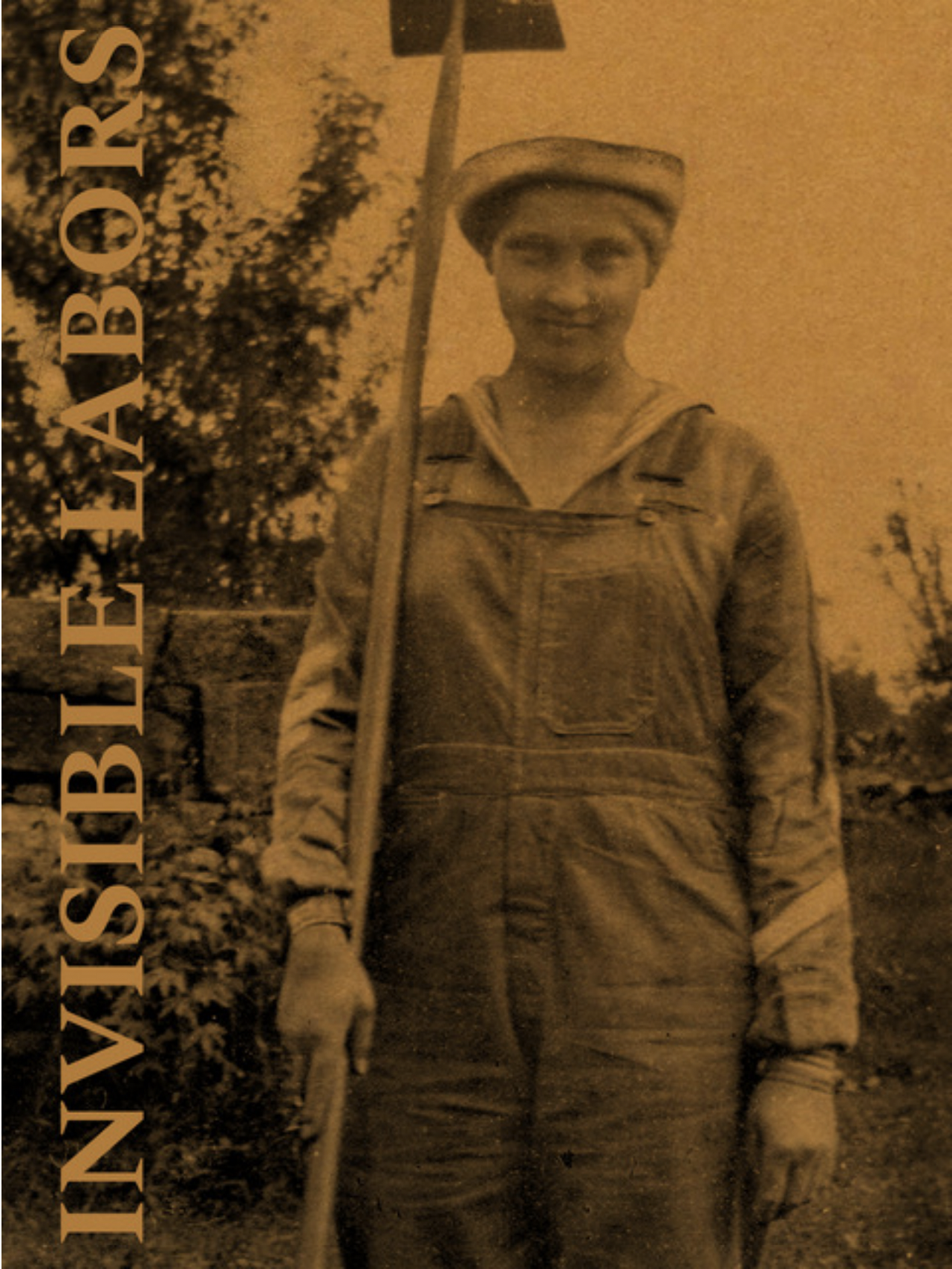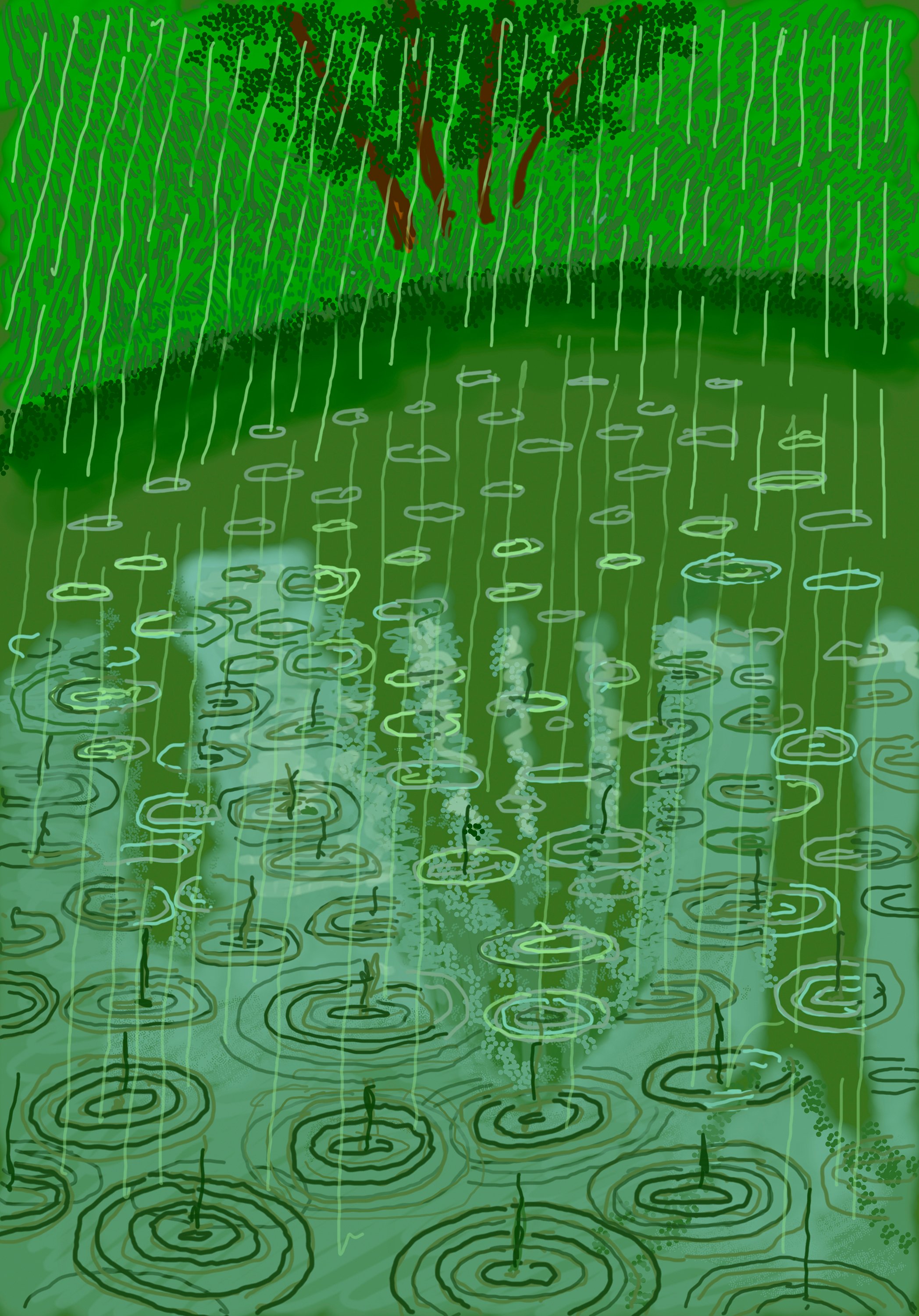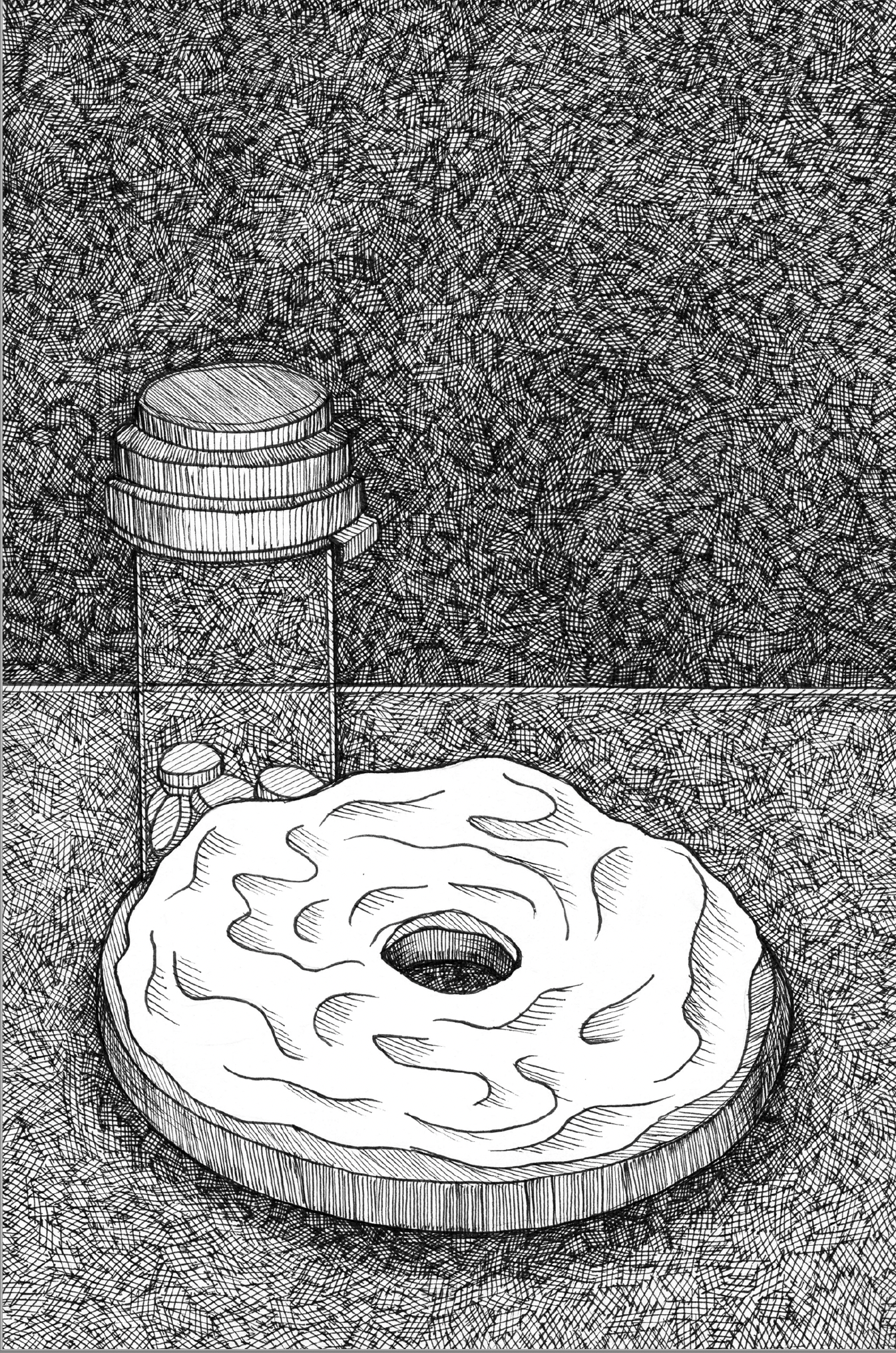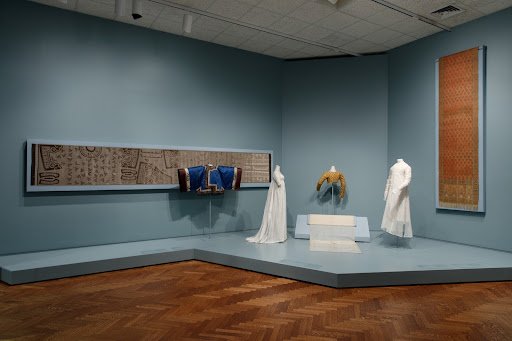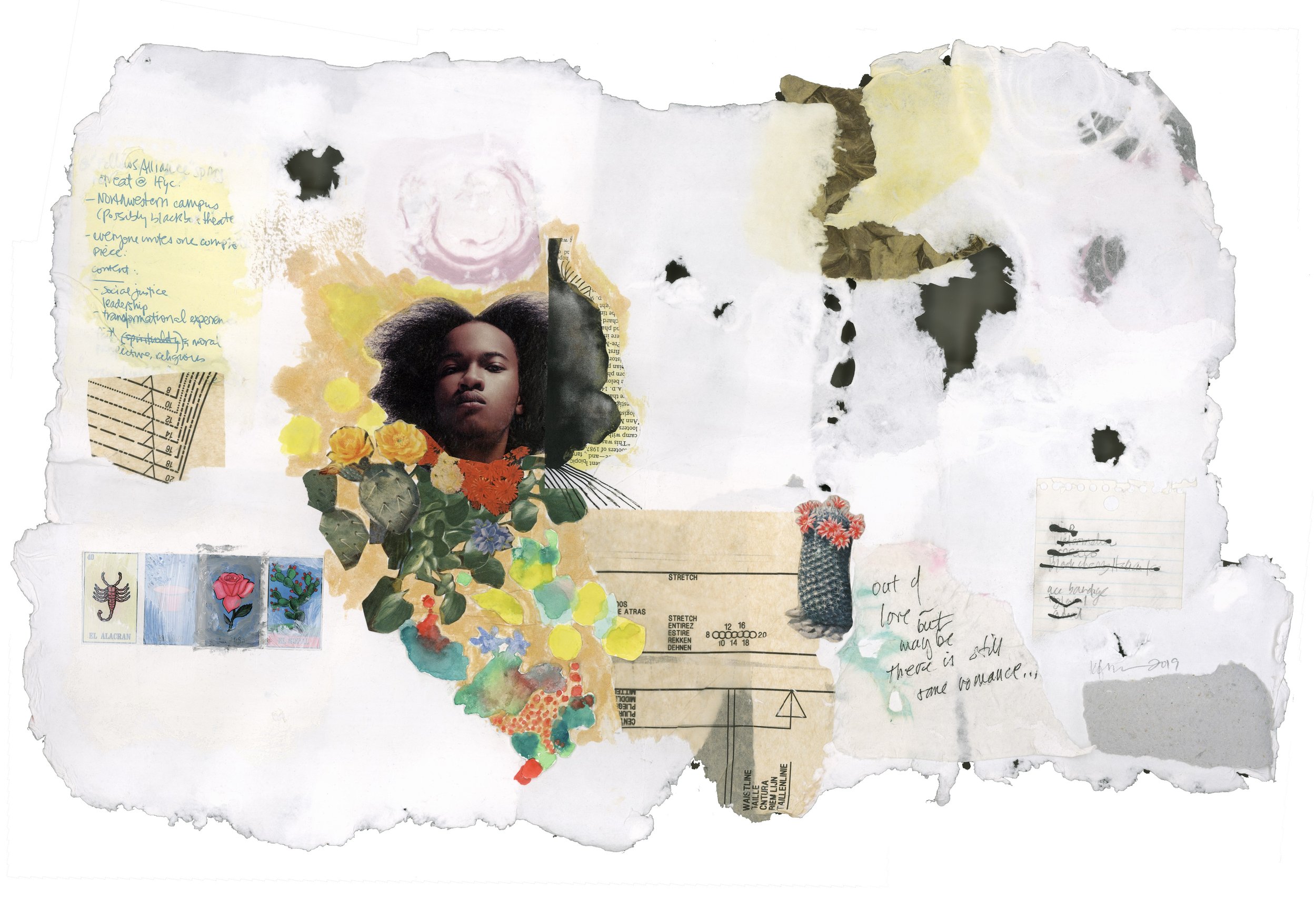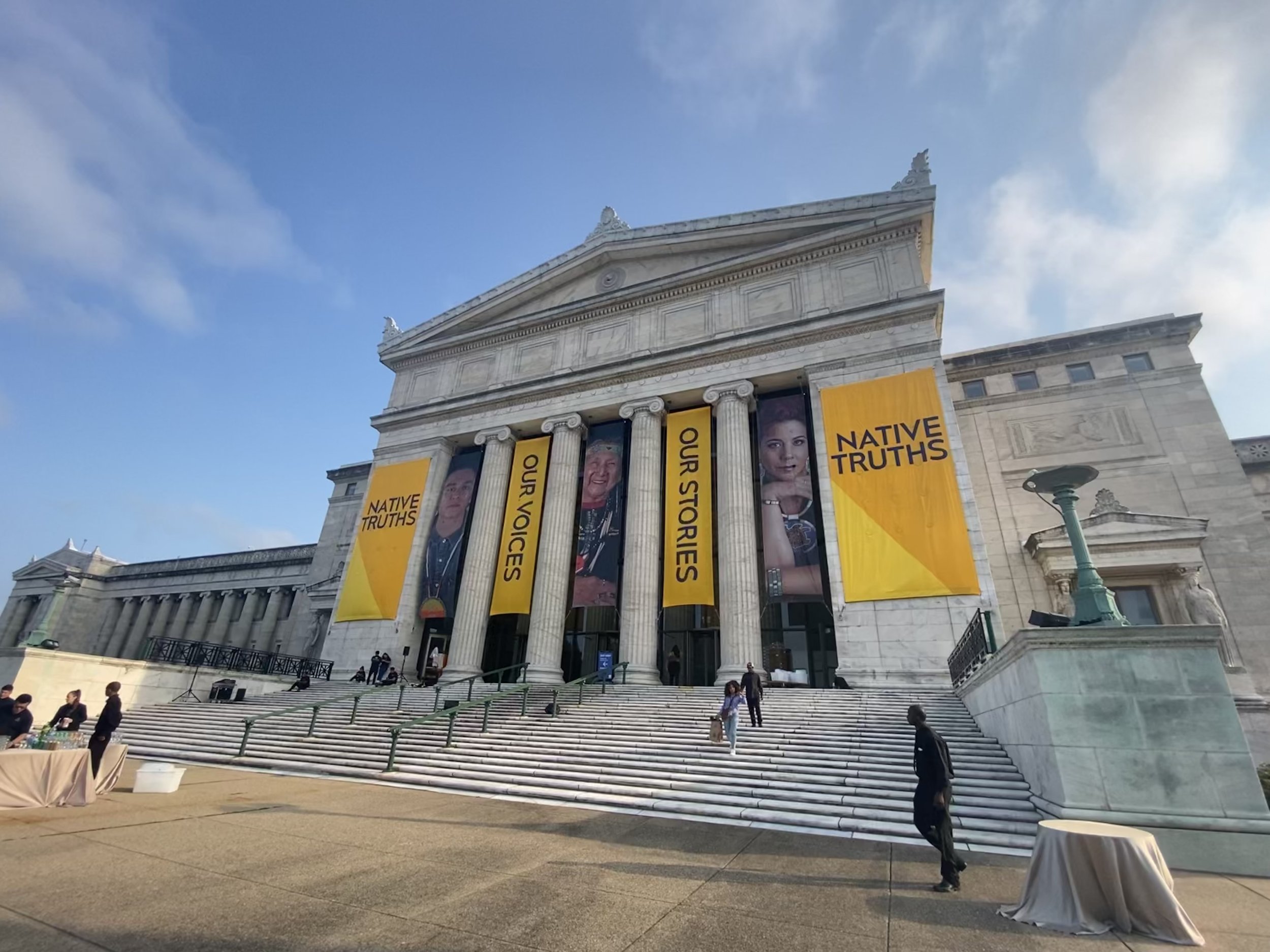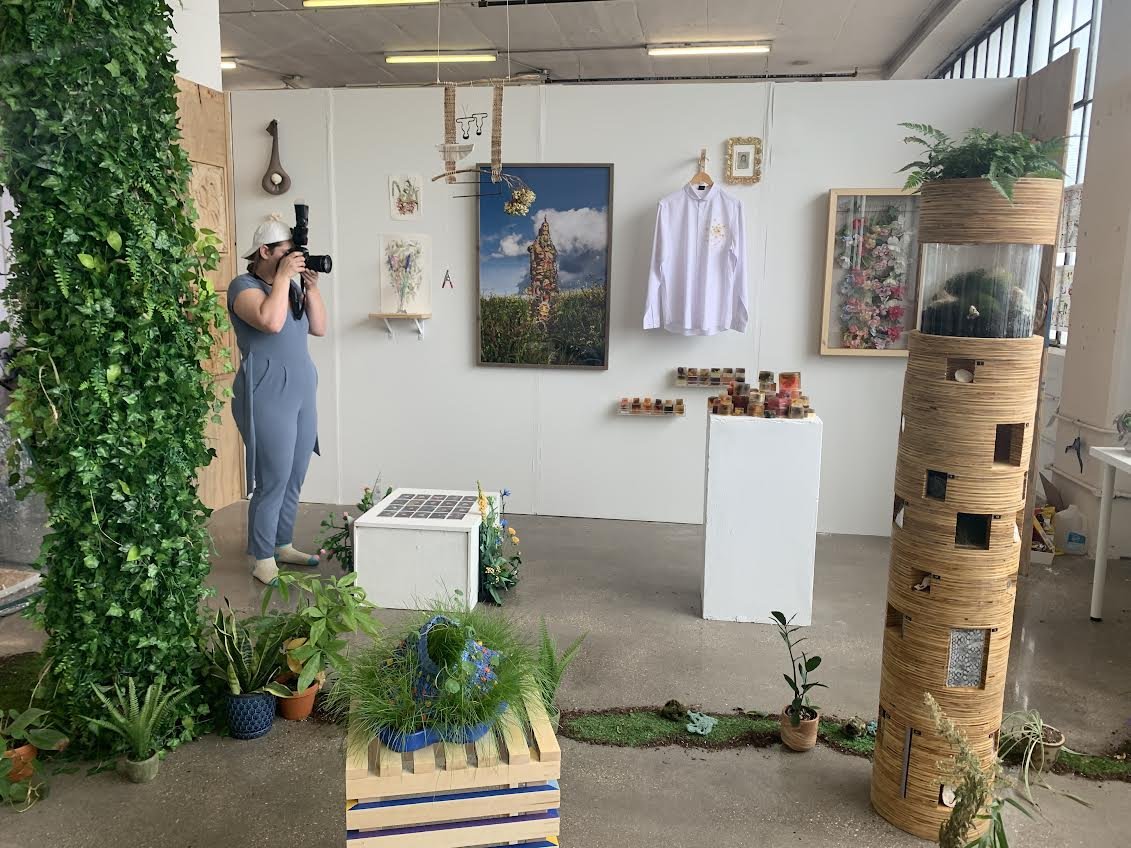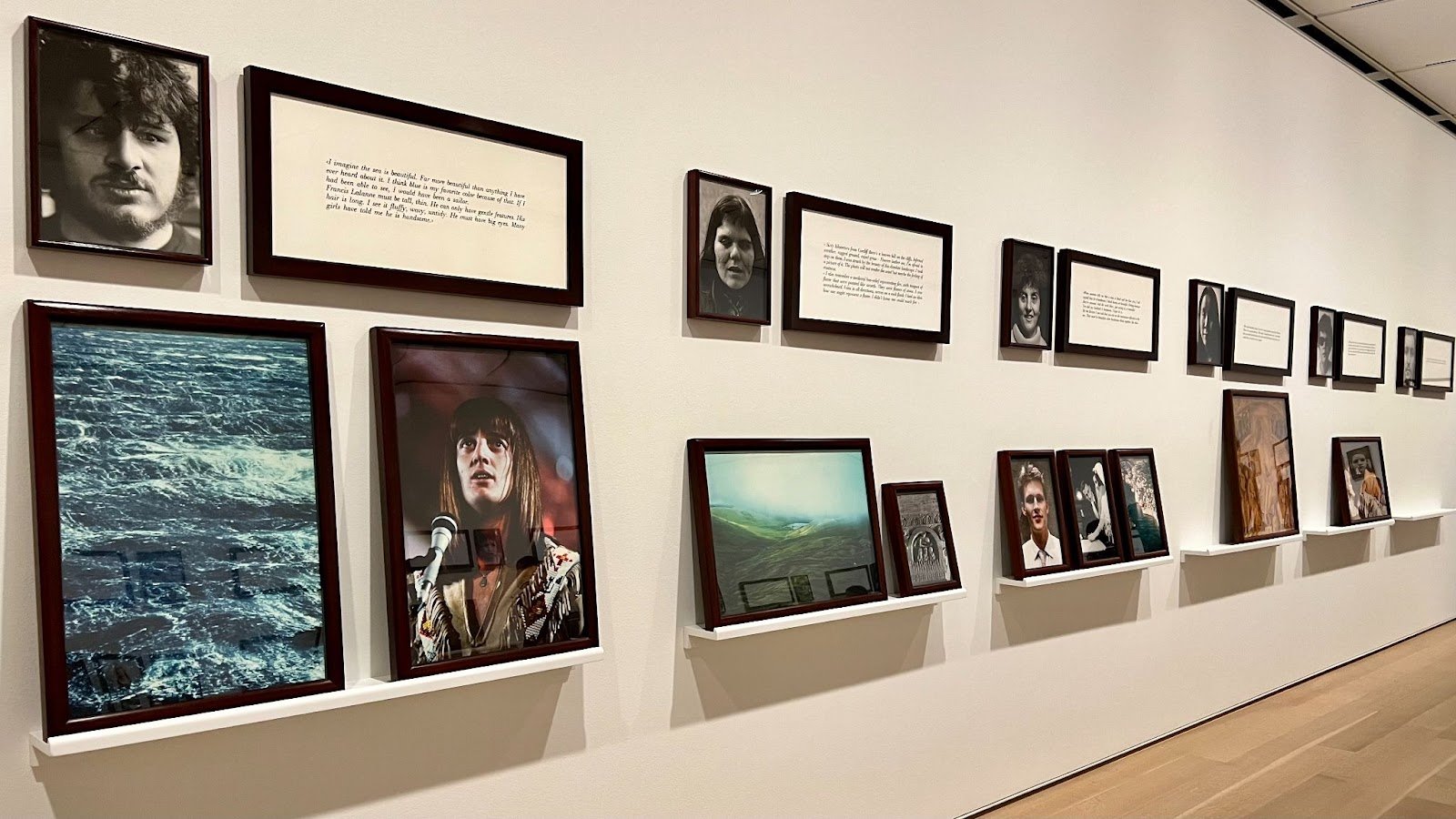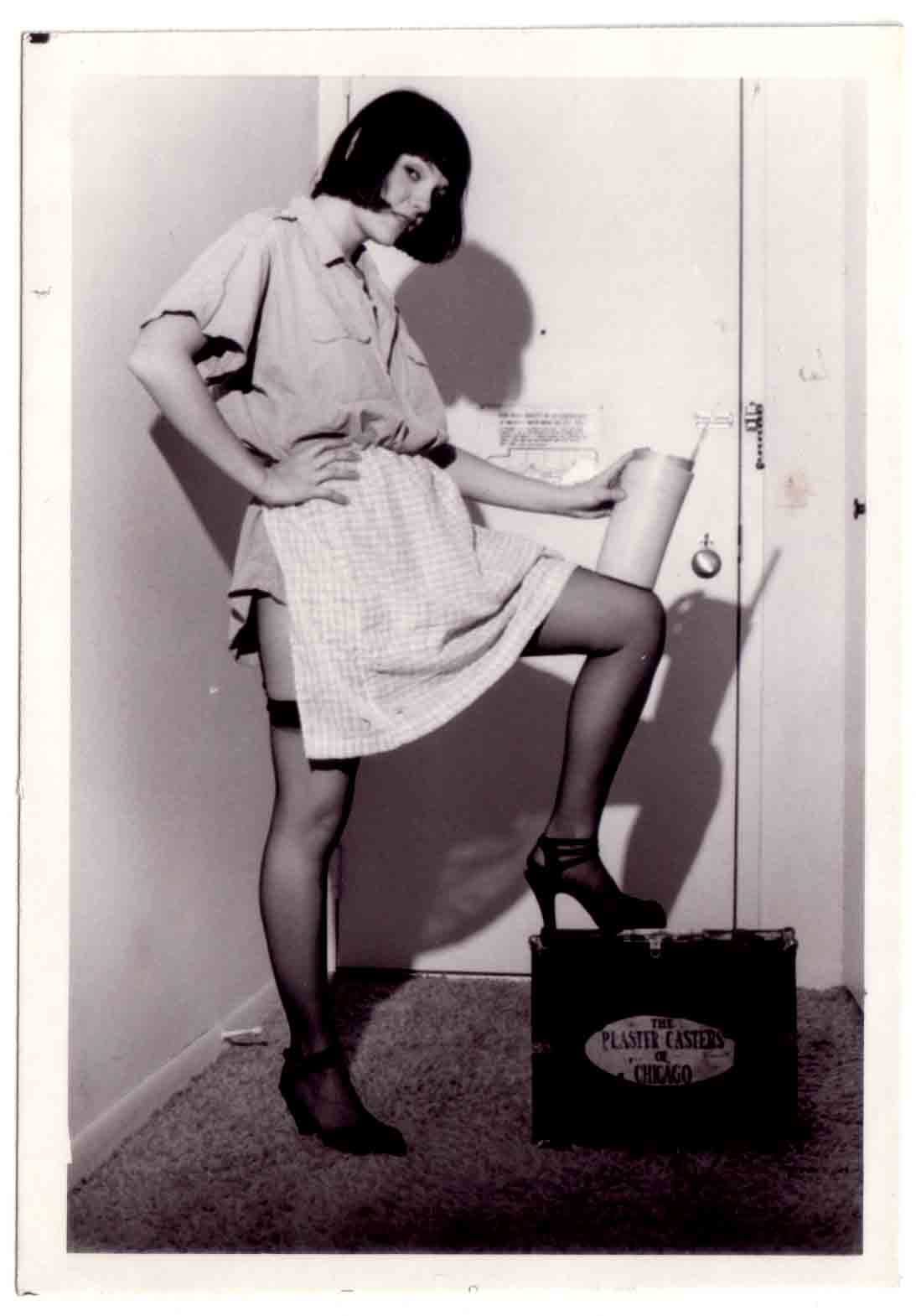Since 1999
Designed by Faust Ltd. & Michael Workman Studio
This program is partially supported by a grant from the Illinois Arts Council Agency. This project is partially funded by the National Endowment for the Arts.
Bridge is a proud member of the following alliances:
Welcome to Bridge. Only the most recent season of magazine articles is available here. Please click here to create an account & access past articles, general archives, the new Bridge Video streaming service, also updated weekly in-season, & more.
Featured from the archives: click the poem to read the second of two poems from Szymborska featured in Bridge V1N3, pages 106-107.
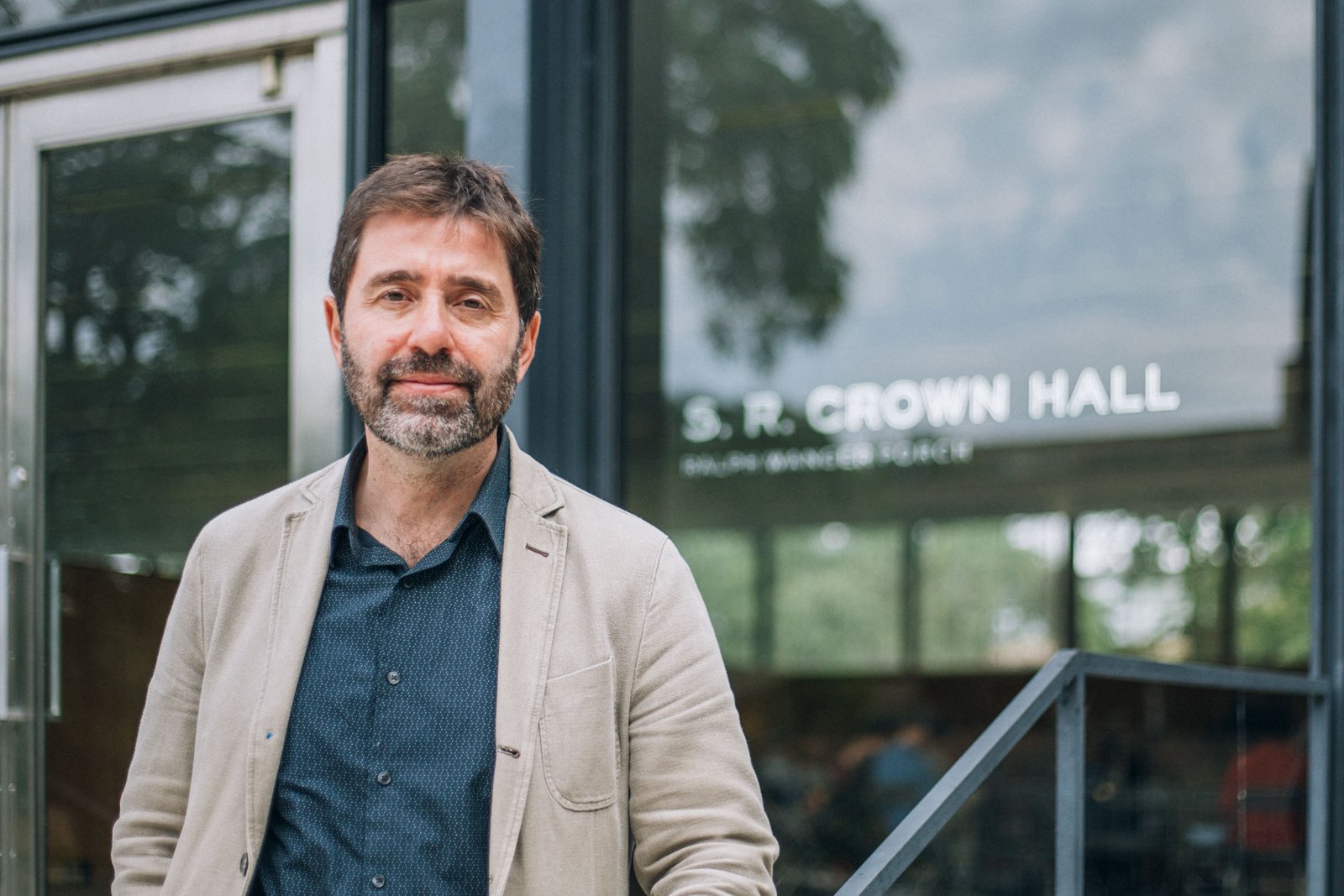
INTERVIEW: On Reading Cities: A Conversation with Michelangelo Sabatino, Director, PhD Program in Architecture at IIT’s College of Architecture
INTERVIEW On Reading Cities: A Conversation with Michelangelo Sabatino, Director, PhD Program in Architecture at IIT’s College of Architecture

REVIEW: What Else Do You Want from Me? Questioning Unrealistic Expectations on Female Resilience with Rebecca Drolen’s “Unstable Entity” at Filter Space
It’s surprising how many hats women were expected to wear: mothers, daughters, sisters, partners, coworkers, community members… And somehow, the world doesn’t think this long list of titles automatically suggests debilitating distress and anxiety.
She’s weak.
She’s hysterical.
She’s overreacting.
In a society overly tolerant of men, women were scrutinized under the magnifying glass. We are not allowed to break.
Rarely do we hear the silent scream behind a firm lady: what else do you want from me?

FICTION: “It All Goes” by Nicholas Maistros
You’ll stay close, his mother had warned, with her voice that squeezed his nine-year-old neck. Devon could see the city, through the layers of his mother’s concern, as a growling thing, hungry and waiting for her vigilance to drop.
You’ll want to take pictures of everything, his cancer father had told him, rising from his own depths at the reminder of their trip. The city was a creature still, to Dev’s father, but a splendid one, rare, luminous, and shy. He’d have to be quick or he’d miss it.

READINGS ARCHIVE AUDIO: David Rakoff at the Jasmine Tree Lounge, 2002
This week in the magazine, we share a new previously unpublished recording from the Readings Archive audio collection. Late actor, author and humorist David Rakoff, who died in 2012, was a reader on the west coast tour of the Bridge Journal tour in May 2002, and among the readers at the Jasmine Tree Lounge on the Portland, Oregon leg of the tour.
From IMDB: “He was an actor and writer, known for Capote (2005), The Watermelon Woman (1996) and Strangers with Candy (2005).” For the reading, Rakoff read a selection from his short story collection Fraud.

REVIEW: Making Spaces in the Museums: on Duane Linklater’s “mymotherside” at the MCA Chicago
We visit the reservation sites like we do an Amish market or an off-grid homestead, occasionally striking up a curious conversation with an elder sitting in the shades. We feel good.
We stroll through the Art Institute’s limited collection of indigenous art and archives, fabricating a deep connection with the history of the original owners of the land we reside on. We leave. We continue our day.
Indigenous art has been invisible for far too long due to institutional negligence and discrimination. The idea that those who have always lived on this continent were not only rid of their homes and possessions but also their voices and culture was truly heartbreaking. It almost felt like an entire population was frozen in time: living human beings are regarded like stills in a photo book, and their organic culture was documented via dead artifacts. Indigenous communities were indeed cast aside like a historical subject: we learned about their sufferings and settlers’ brutalities, and we moved on while the people lived on.

PREVIEW: Dianna Frid, “pre-knowing / un-knowing” at Patron Gallery
I am in Dianna Frid’s South Lumber Street studio in Pilsen. She stands before a wall draping a body-sized, black canvas letter A against her body. Her figure frames a canvas work in progress behind her. She leans into her studio ladder, and smiles at me as I take her photo.
I am making a custom dress for Dianna Frid. It is our first fitting session, and we are developing a design prototype, draping various orientations of the letter A on her body. The figure of this letter and word implies singularity. Frid’s gestures with the canvas letter pluralize it. The dressmaking process is an impetus for a larger conversation between us about sewing, textiles, texts, and wearing cloth. We discover a mutual admiration for Clarice Lispector’s writing. She tells me about her grandfather, Leopoldo Fuchs, who was a custom tailor in Mexico specializing in women’s wear.

REVIEW: stanley brouwn at the Art Institute of Chicago
In 2017, I wrote a review for Rain Taxi about “Tell Them I Say No.” The book tasked itself with a survey distinguishing where contemporary artists draw the line between "the needs of the artist and the needs of the art world." In it, among a number of artists that include Cady Noland, Agnes Martin, Laurie Parson, and Trisha Donnelly, they also included a chapter on the work of stanley brouwn (always lowercase). On some level, that book is an example of artists who have carved out their own pathway to preserving their voice in an art industry that doesn’t care if they’re drowned out or not, a kind of guide to preserving one’s artistic integrity and surviving the current ongoing neoliberalization of art. It’s useful in many a sense: artists require autonomy, the ability to make mistakes, work in a state of sustained indeterminacy, and maintain control over the narrative and contexts in which their work is presented, and etc.

REVIEW: Flat Isolation and the Banality of Surveillance: A Review of Japeth Mennes’ “Waltz” at 65Grand
Brightly colored, geometric, and vaguely ironic, the pictorial hard-edge acrylic paintings by the New York-based artist and musician, Japeth Mennes, currently on view at 65Grand, recalling in their simplicity icons that function as universal symbols in signage the world over, are the kind of paintings that blow up on Instagram, but for lack of detail, nuance, texture or scale, fall flat when encountered in real life. But it’s not disappointment that I feel. More like resignation.

PUBLIC UTILITY: The Chicago Arts Census, “An Introduction to Abundance”
After an introspective reflection on your labor, livelihood, and well-being, the Chicago Arts Census asks its final question: “Imagine an abundant future: What does a full life in Chicagoland look and feel like to you? What do you need to thrive as an arts worker in the Chicagoland ecosystem? What do you have to share? How can you contribute to other’s ability to flourish?”

REVIEW: “She, Self-Winding” by Luu Dieu Van
In She, Self-Winding, the specific choice of words and superlative usage of imagery affirms the bold femininity of Luu Dieu Van’s narrative poetry. As well, this a series of poems illuminates the paradigm of the incredulous struggle to live with the archetypal judgment of western society.
The beginning of Dieu Van’s poetry reads as a hint of something personal to say on the subject, but doesn’t go further. An emphatic nod, a half told anecdote, an enigmatic ‘I know the feeling’ — which one places into conversations like those little flags that warn diggers of something buried underground.

REFLECTIONS: “Off-Track Reader Responses” by Maud Lavin
I’m skipping the hate responses here — although I get them. I’ve been screamed at twice at in-person readings. What can I say, I’m a Scorpio and I sting when I have to, so both times it ended fine. Often, though, when I receive responses to my writing, I get positive ones, but sung to an unexpected tune. Sometimes they make me laugh, like, ha, joke’s on me — I worked so hard to create x, and it’s really the y part they like. I’m not sure why I enjoy this so much, and I’m not sure how to convey to you that surprised delight. Which is, well, the point. Intention is not reception. Not exactly.
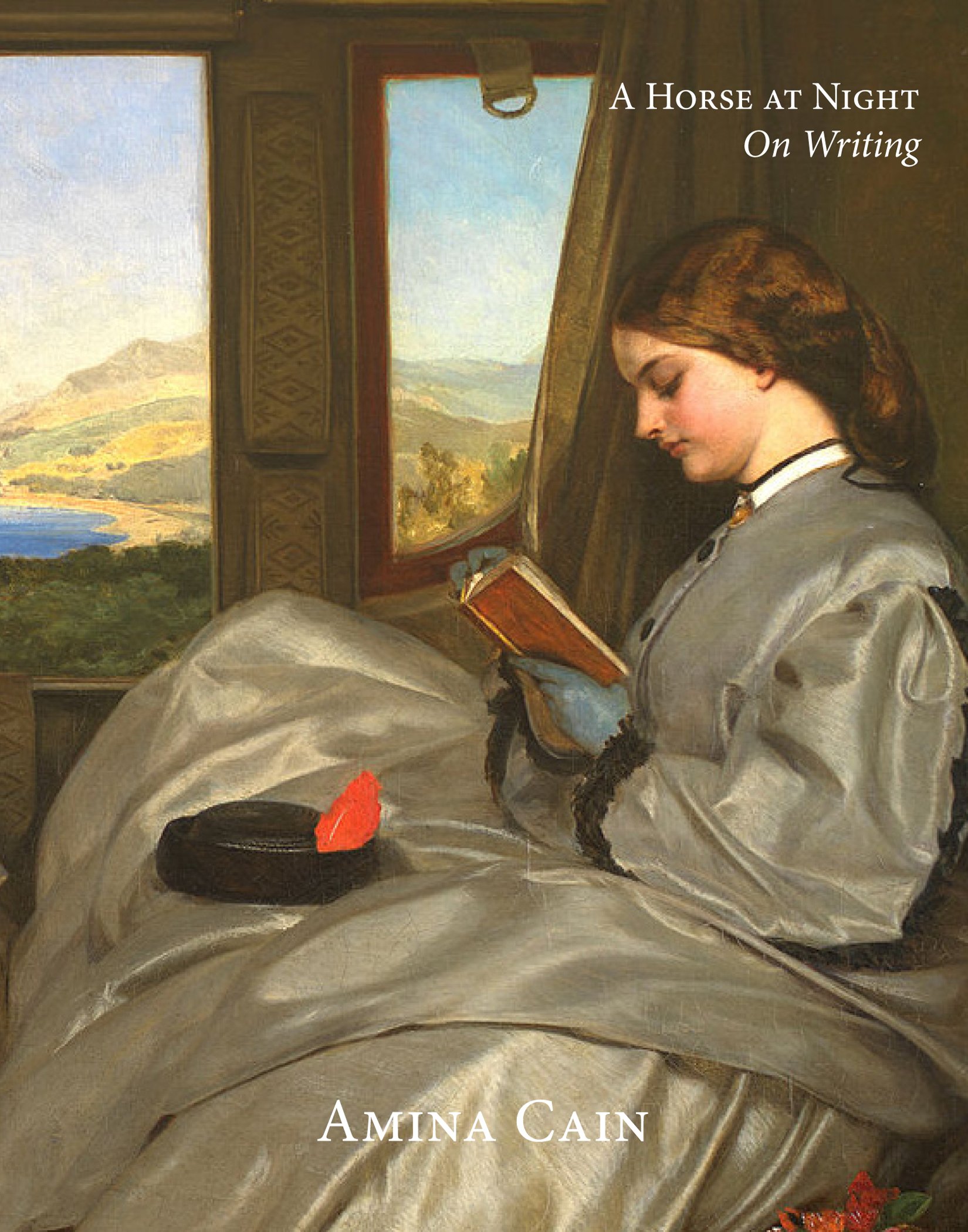
REVIEW: “A Horse at Night: On Writing” by Amina Cain
A personal library is an archive of references. It represents the books we’ve decided to hold onto and are proud to display. In Amina Cain’s book A Horse at Night: On Writing, published in October 2022, she sifts through the books and authors that have moved her, mimicking this act of contemplating a friend’s library. It is a transition book, made in-between projects. Words that Cain needed to write to move into writing a larger body of work. Some of her sentences are thoughts in progress, direct contemplations on writing while writing. “Recently, while working on a short story, I kept seeing its setting in the same way its narrator sees setting in the paintings she looks at when she visits a museum.” Described by author Ayşegül Savaş as “like light from a candle in the evening,” Cain’s small book feels more to me like a brightly lit room full of friends gathered around, opening and closing books, sharing with each other meaningful passages.

REVIEW: “Somewhere Between,” FLOCK & Artists at the Dance Center of Columbia College
A white marley floor and white backdrop provide the stark setting for Flock and Artists Somewhere Between performed this past weekend at the Dance Center of Columbia College. The dance opens with a female solo dancer beginning downstage right while the others stand around her on the stage. Her luscious deep lunges, supple arm movements and leg extensions soon bring the rest of the ensemble into the work, each dancer introduced with a saturated spot of colored light. For the next 65 minutes the work slips in and out of a series of duets, trios, quintets and full ensemble all danced superbly by Alice Klock, Florian Lochner, Liane Aung, Robert Rubama, Kevin Shannon and Emily Krenik.

REVIEW: Aria Dean, “Abattoir, U.S.A.!” at The Renaissance Society
In Abattoir, U.S.A.!, artist and writer Aria Dean presents a video installation of the interior an empty slaughterhouse in an ambitious exploration of architecture, death, narrative, and modernism. The Renaissance Society gallery space was highly stylized for this installation with the addition of a metal door, a rubber floor, and gray side walls. These elements very compellingly mirror the aesthetics of the slaughterhouse and help to build up an eerie, smothering atmosphere which heightens the senses and makes the viewer more tense and alert.

REVIEW: “Enter The Mirror” at The Museum of Contemporary Art Chicago
The Museum of Contemporary Art Chicago is presenting Enter The Mirror, where each piece calls us to acknowledge truths that are difficult or unpleasant to see. In artworks spanning the late 1970s to the mid–2010s, artists grapple with violence, trauma, corruption, historical distortion, and the abuse of power, bearing witness to the unmistakable ways that these forces have shaped our contemporary world. In a moment when the willful refusal to confront facts and history is dangerously common, Enter the Mirror asks us to do the opposite: to “enter the mirror” and see our complicity in the world around us reflected in the powerful work of 20 artists.

REVIEW: Forecast Form: Art in the Caribbean Diaspora, 1990s – Today at the Museum of Contemporary Art, Chicago
To describe the Caribbean is like trying to describe an enigma. The islands that comprise the region were originally home to indigenous Taino and Arawak tribes before European colonization turned them into some of the largest ports for the Trans-Atlantic Slave Trade. Fast forward 500 years later, there are even more influences that exist in the form of immigrant communities from East and South Asia, as well as the MENA regions. Coming from a Puerto Rican family, I’m well-versed in the hodgepodge of cultures that comprise the Caribbean diaspora. However, very rarely have I ever seen Caribbean history reflected in museums, which made me eager to visit the Forecast Form: Art in the Caribbean Diaspora, 1990s–Today exhibit currently on display at the Museum of Contemporary Art.
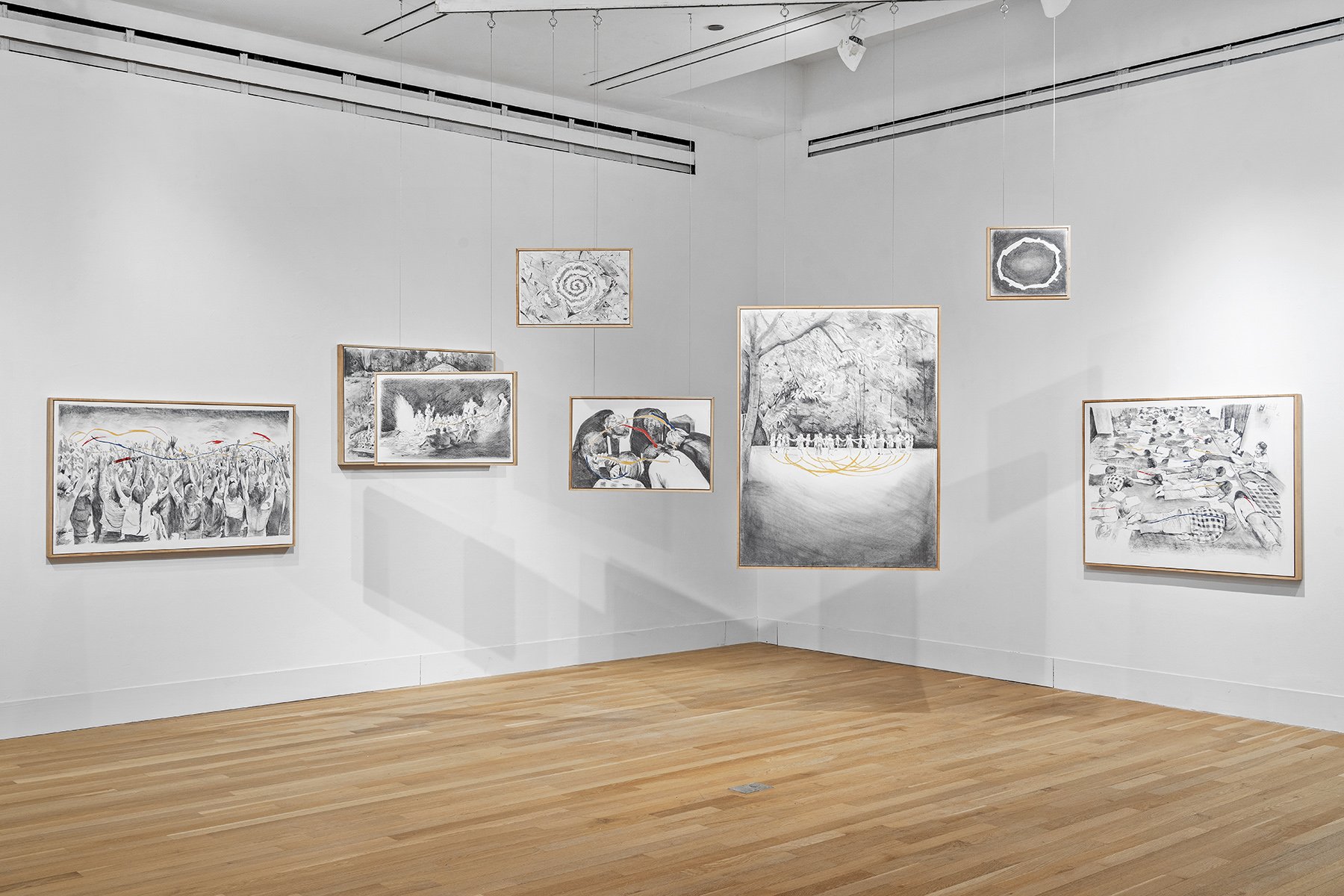
REVIEW: Ali Feser and Heather Kai Smith: Pawing the Ground In Place at the Reva and David Logan Center for the Arts
In this two-woman show, Heather Kai Smith and Ali Fesser explore iterations of utopia and the medium of photography through drawing, print, projection, and installation. The exhibition spans across two rooms in the Logan Center’s gallery. Three of the walls of the main room of the exhibition are occupied by Heather Kai Smith’s drawings and prints. This collection of work is moving, hopeful, and utopian. The series of 28 drawings, titled Variations on idiorrhythmy, depict themes of interpersonal closeness, collective action, mutual aid, and group fun. The compositions of the drawings are very photographic, with some having a vignette and some having a white border. Negative space often delineates the highlights. All but two of the drawings denote groups of people, ranging from three to uncountable crowds.
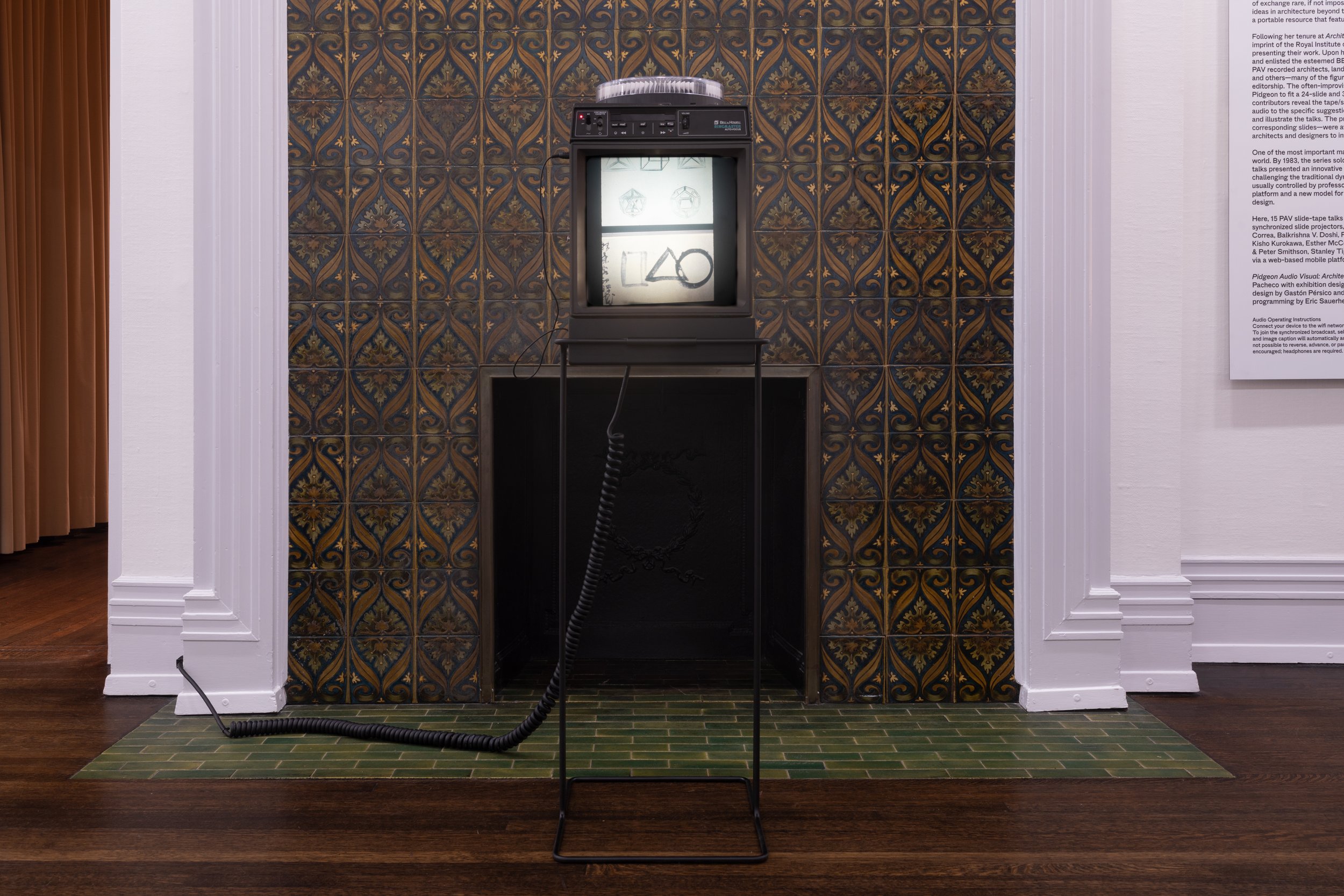
REVIEW: “Pidgeon Audio Visual: Architects Speak for Themselves” at the Graham Foundation
Mining the Pigeon Audio Visual (PAV), a show that recently closed at the Graham Foundation on February 25th, is a series of 15 slide-tape talks with leading architects selected from the PAV archive of over 200 presentations. In addition to architects, the archive also includes presentations by urbanists, theorists, artists, designers and landscape architects. The tape-slide talks were produced between 1979-1989 and consist of studio sessions with the speakers that were each edited into a 24-slide/30-minute format. Monica Pidgeon, the editor of the prestigious RIBA (Royal Institute of British Architects) and Architectural Design (AD), an influential London-based magazine, developed these presentations to be distributed to libraries and institutions in an era when international travel was less available, difficult and expensive.









